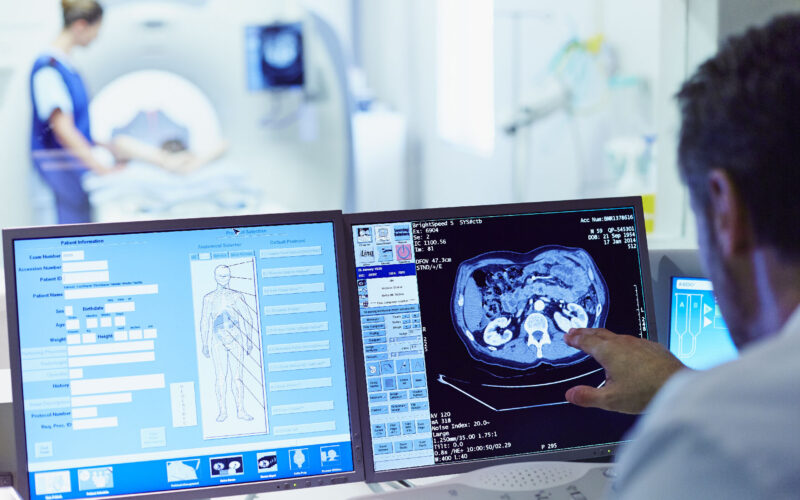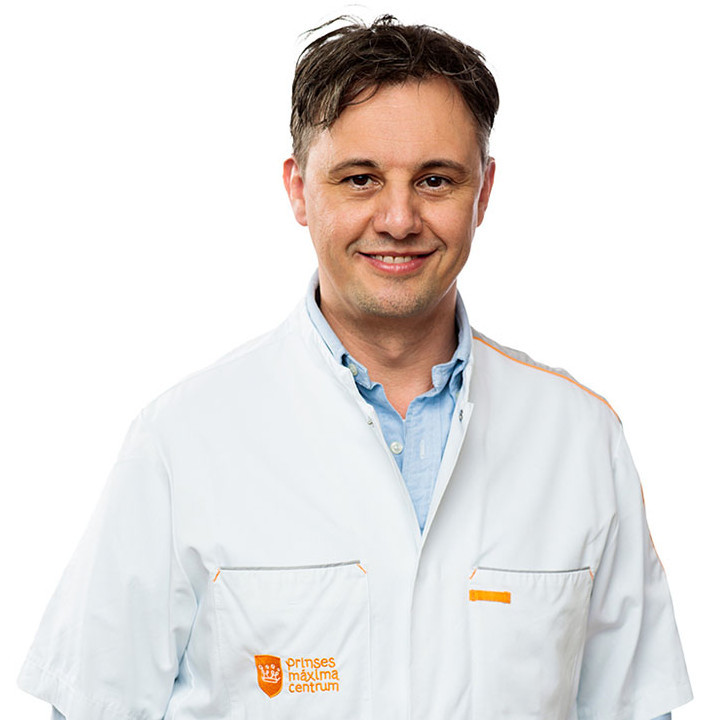Pediatric radiation oncology
Late effects, SIOPE, Wilms
Research aim
To optimize radiotherapy in pediatric renal tumors (Wilms), neuroblastomas, and high-grade gliomas
To better understand side effects from radiotherapy
To reduce inequalities in radiotherapeutic care across SIOP Europe affliliated countries.
About us
Our research focuses on multiple aspects of radiotherapy related to pediatric cancers. A glimpse…
In Wilms tumors e.g., we have defined highly conformal flank target volumes applicable for state-of-the art radiotherapy approaches (granted by KiKa). International implementation is currently ongoing. However, this process may be hampered by the time spent by radiation oncologists to delineate all structures-at-risk and to generate the S-shaped postoperative target volume, which is sensitive for significant delineation variations due to the limited experience in the majority of the centers. Reason to explore the role of artificial intelligence (project granted by the EU and the KiTZ-Maxima foundation).
Radiotherapy is one of the major determinants of long-term side effects in children. Little is known about e.g. the impact of radiotherapy on the hypothalamic functions (KiKa-project) or the very late endocrine sequalae (e.g. metabolic syndrome, fractures, sarcopenia…) or renal toxicity in Wilms tumor survivors (KiKa–project). Also, the implementation of new techniques like proton therapy may reveal unexpected side-effects, which require an in depth analysis (Maxima Core Funding).
Across European countries disparities in survival and late toxicity are a reality. Efforts are undertoken to map the specific issues, set up strategic partnerships, including education, referral networks etc… also in collaboration with the International Atomic Energy Agency (IAEA).

